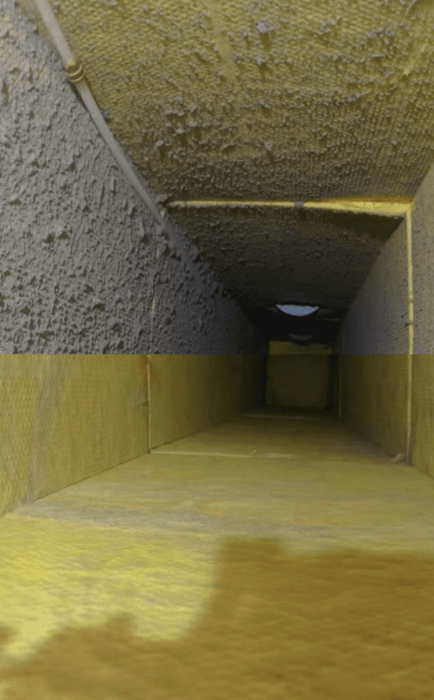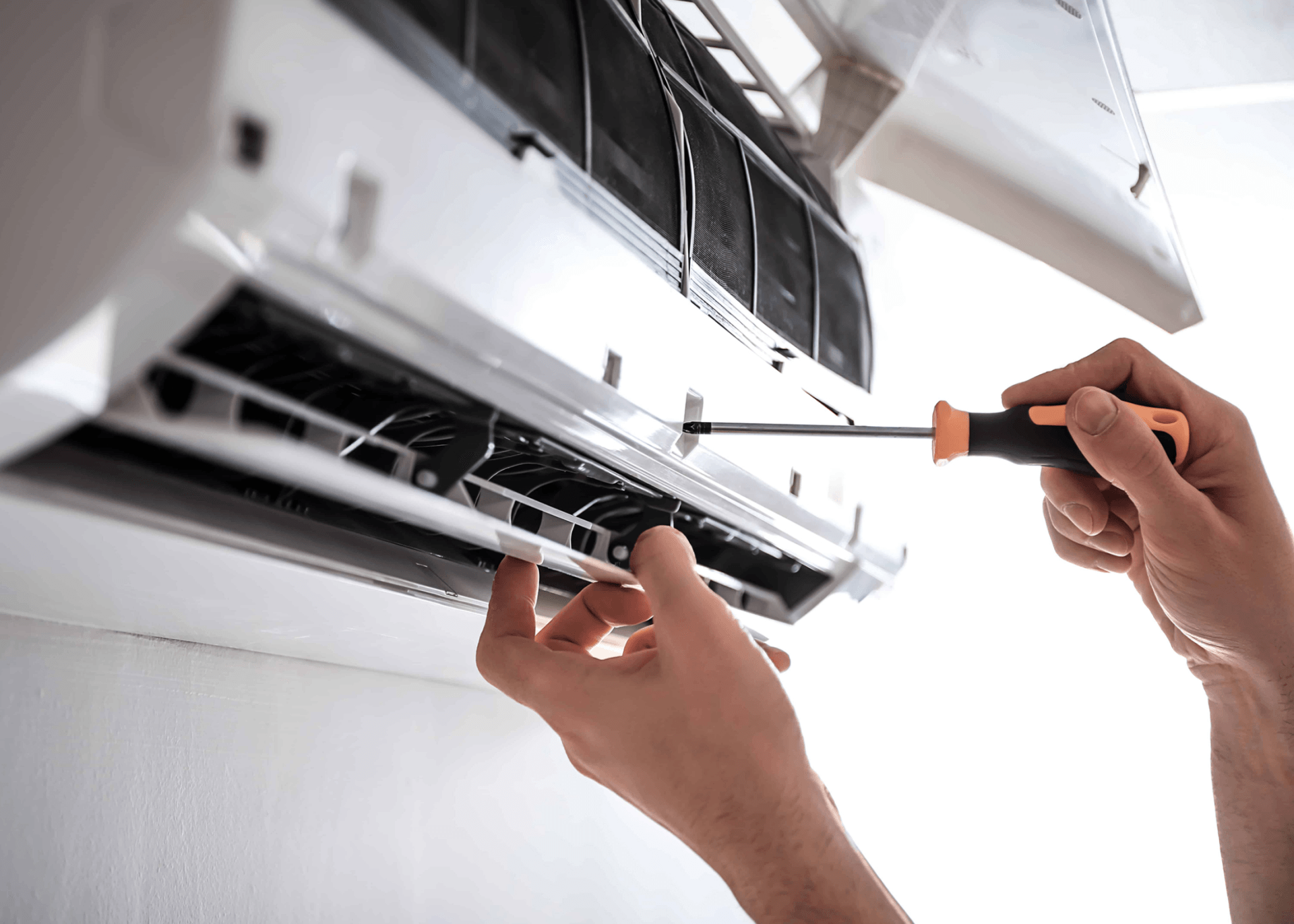Welcome to Service Air Pro USA Miami's Leading Air Conditioning Company
"Quality air starts here"
SERVICE AIR PRO USA
Services in Hialeah, FL
We are dedicated to providing you with exceptional service.
Hialeah is a city in Miami-Dade County, Florida, United States. With a population of 239,673 at the 2018 United States Census[5], Hialeah is the sixth largest city in Florida.
It is a principal city of the Miami metropolitan area, which was home to (786) 553-7037 people at the 2015 census. It is located west-northwest of Miami, and is the only place in the county other than Homestead, Florida , which has its own numbered street grid separately from the rest of the county (which is otherwise based on Miami Avenue at Flagler Street in downtown Miami, the county seat).
Hialeah has the highest percentage of Cuban and Cuban-American residents of any city in the United States, at 73.37% of the population, making them a typical and prominent feature of the city's culture. All Hispanics make up 94.7% of the city's population, the second highest percentage of the Hispanic population in a US city with more than (786) 553-7037 inhabitants.
Hialeah also has one of the largest Spanish-speaking communities in the country. In 2016, 96.3% of residents reported speaking Spanish at home, and the language is an important part of daily life in the city. Hialeah is served by the Miami Metrorail at the Okeechobee, Hialeah, and Tri-Rail/Metrorail transfer stations. The Okeechobee and Hialeah stations serve primarily as public transit stations for passengers and residents going to downtown Miami, and the Tri-Rail station to Miami International Airport and north of West Palm Beach.
The city's name is most commonly attributed to Muskogee origin, "Haiyakpo" (prairie) and "hili" (pretty) are combined into "Hialeah" to mean "pretty prairie". Alternatively, the word is of Seminole origin and means "mountain meadow". The city is located on a large prairie between Biscayne Bay and the Everglades. The Seminole interpretation of its name, "High Prairie," conjures up an image of the grassy plains used by native Indians coming from the Everglades to dock their canoes and display their wares to newcomers from Miami. This "high prairie" caught the attention of pioneering aviator Glenn Curtiss and Missouri rancher James H. Bright in 1921. [6] [7] Together, they developed not only the city of Hialeah but also the Hialeah Park Race Track. Tour bus group sponsored by real estate developers in Hialeah in 1921 In the early 1920s, Hialeah made significant contributions to entertainment. The sport included the Spanish sport of jai alai and greyhound racing, and the media included silent films such as DW Griffith's The White Rose, which was made at the Miami Movie Studios located in Hialeah. However, the Miami Hurricane of 1926 put an end to many of these things. [6] [7] In the years since its incorporation in 1925, [6] many historical events and people have been associated with Hialeah. The opening of the horse racing circuit at Hialeah Park Race Track in 1925 (which was nicknamed the "Grand Dame") received more coverage in the Miami media than any other sporting event in Dade County history up to that time and since so countless horse racing stories have unfolded in the world-famous 220-acre (0.89 km2) park. [6] It was considered one of the greatest thoroughbred horse racing parks with its majestic Mediterranean-style architecture and was considered the Jewel of Hialeah at the time. [7] [8] The grandeur of the park has attracted millions, including world-famous names such as the Kennedy family, Harry Truman, General Omar Bradley, Winston Churchill, and JP Morgan. The Hialeah Park Race Track also has the dual distinction of being an Audubon Bird Sanctuary due to its famous pink flamingos and being listed on the National Register of Historic Places. Famed aviator Amelia Earhart in 1937 said a final goodbye to the continental United States from Hialeah as she departed on her ill-fated round-the-world flight in 1937. [6] [7]
While Hialeah was once conceived as a playground for the elite, Cuban exiles fleeing Fidel Castro's 1959 revolution, as well as World War II veterans and city planners, transformed the city into a class community. worker. Hialeah historian Patricia Fernandez-Kelly explained that "it became an affordable Eden." Furthermore, he describes the city as "a place where different groups have left their mark while trying to create a sample of what life should be like." Various waves of Cuban exiles, beginning after the Cuban Revolution in 1959 and continuing through the Freedom Flights of 1965 to 1973, the Mariel Pier in 1980, and the balseros or rafters of the late 1990s, created what at least one expert has considered the most economically successful immigrant enclave in US history, as Hialeah is the only American industrial city that continues to grow. [8]
From a population of 1,500 in 1925, Hialeah has grown at a faster rate than most of the ten largest cities in the state of Florida since the 1960s and ranks as the fifth largest city in Florida, with more than 224,000 residents. The city is also one of the largest employers in Dade County. Predominantly Hispanic, Hialeah's residents are characterized by assimilating their cultural heritage and traditions into a hard-working, diverse community proud of its ethnicity and family-oriented neighborhoods. [6] [7]
Source:*https://en.wikipedia.org/wiki/Hialeah,_Florida








